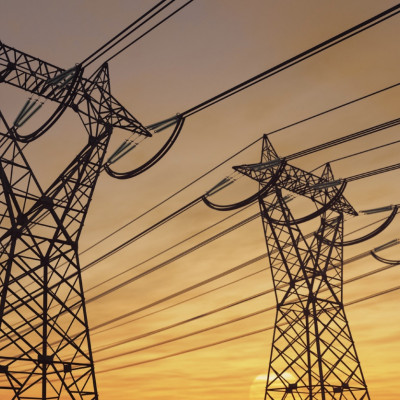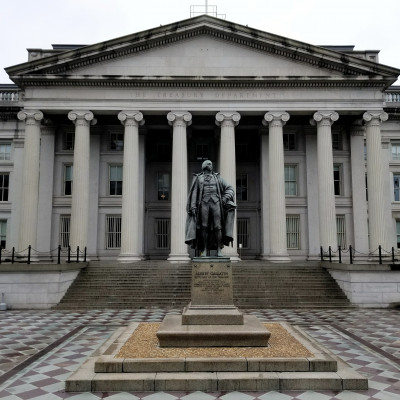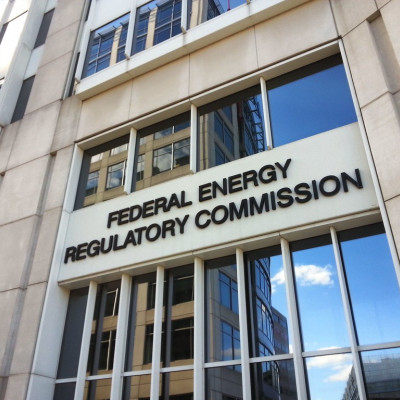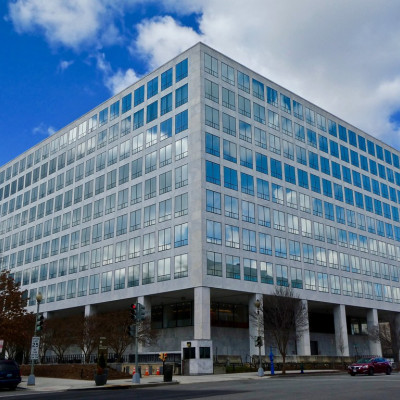December 22, 2023
December 2023 at Policy Integrity
- Analyzing EPA’s New Social Cost of Greenhouse Gas Metrics
- How Can We Plan the Electric Grid of the Future?
- Much to Celebrate in Proposed Hydrogen Tax Credit Rules
- EPA vs. FERC: Who’s Responsible for Grid Reliability?
- New “Space Junk” Regulations
- More from This Month
-
Analyzing EPA’s New Social Cost of Greenhouse Gas Metrics
EPA has updated a key metric that plays an important role in U.S. climate policy. As part of COP28, the agency announced a new methane regulation that included updated values for the social cost of greenhouse gas metrics. These metrics quantify and monetize climate damages, and the new, higher, more-robustly-supported values will help justify strong regulations to reduce climate pollution. In fact, we explore exactly how the metrics will affect analysis of other major environmental rules in a new report. Policy Integrity has long argued for many of the methodological choices reflected in the new values, including the consideration of global climate damages and the use of lower discount rates. The agency also relied extensively on scholarship from our Peter Howard in designing its climate damage function. The updated metrics have set a new standard for regulators. And while they could be targeted by a future administration, they also make any future regulations that increase emissions based on lower climate-damage valuations subject to legal vulnerability, as our Max Sarinsky explained to The Hill.
-

How Can We Plan the Electric Grid of the Future?
A system as complex as the electric grid can’t be designed and managed with a reactive and compartmentalized approach, but that’s exactly how electric transmission planning has historically been done. Creating a resilient, decarbonized grid will require holistic transmission planning that focuses on building the right transmission lines at the right locations, with the right capacity, and in the right order. This will require better models to inform transmission planning. Our new report examines modeling details and assumptions that planners frequently ignore. It also discusses how modelers can account for the rapidly evolving energy system and the additional uncertainties created by climate change and extreme weather. We test this new modeling approach with a case study focused on the New England grid, finding that holistic modeling can meaningfully alter plans for optimal transmission buildout and potentially produce more net-beneficial outcomes.
-

Much to Celebrate in Proposed Hydrogen Tax Credit Rules
The Inflation Reduction Act bet big on hydrogen as a climate solution with generous tax credits for production, but that bet could backfire if subsidies go to emissions-intensive producers. Fortunately, the Treasury Department has proposed rules for the new hydrogen tax credit (known as 45V) that could help avoid this perverse scenario. The proposal would establish rules for how electrolyzers can demonstrate compliance with the IRA’s lifecycle greenhouse gas limits—and thus demonstrate their eligibility for the tax credit. The proposed rule includes robust requirements to avoid greenhouse gas emissions: new clean power, annual matching with a transition to hourly matching in 2028, and contracting within the same regional grid. Matt Lifson examines these requirements in a newly published blog post. The approach in this proposal aligns with many of the recommendations the Institute for Policy Integrity made in comments to the Treasury Department.
-

EPA vs. FERC: Who’s Responsible for Grid Reliability?
Both EPA and FERC issue rules that affect our energy system, but only one agency is ultimately on the hook for ensuring the power stays on – that’s FERC. After EPA proposed new regulations for power plant GHG emissions this summer, the agency invited supplemental comments on whether it should include additional mechanisms in the rule to further support grid reliability. In response to this request, we submitted comments in which we explained: (1) FERC is the governmental body with the appropriate tools, skills, and statutory mandate to protect grid reliability, and (2) EPA has acted properly to design a rule with sufficient compliance flexibilities to allow FERC, alongside state agencies, to exercise their authorities to ensure adequate energy supplies. The EPA rule’s impacts are just one small factor in the ongoing clean energy transition. Other factors, like economic trends, new legislation, and extreme weather events already require reliability guardians to change the way they think about protecting our grid. Given this division of responsibility and expertise, EPA should move forward with its efforts to reduce harmful pollution, FERC should work with its regulated entities to ensure that the grid remains resilient in the face of imminent changes, and both should work together to build the clean, secure grid of the future.
-

New “Space Junk” Regulations
The commercial space industry is booming: yearly American launches increased 136% between 2015 and 2020, with no signs of slowing down. But what happens to the debris these launches create? Right now, not much. According to the FAA, an estimated 100 million debris objects larger than one millimeter are currently in orbit, and even the smallest of these can cause serious damage to satellites, spacecraft, and even astronauts given the extreme speeds at which they travel. If left unchecked, these objects risk ramming into each other and splintering, making the problem even worse. To mitigate this issue, the FAA proposed a rule that would require commercial space launch operators to limit or dispose of orbital debris within 25 years. In comments, our staff and students from NYU Law’s Regulatory Policy Clinic argued that the FAA should reconsider its arguments for rejecting even more stringent standards, and that it should conduct a more robust benefits analysis.

